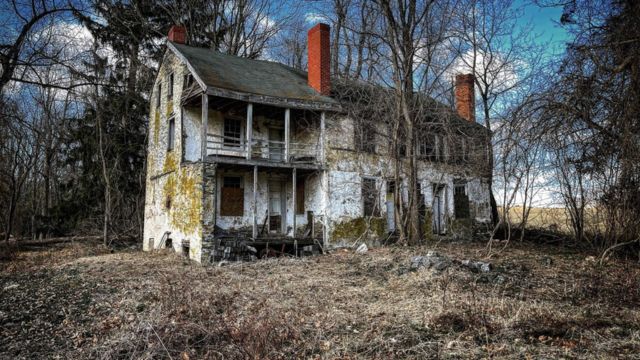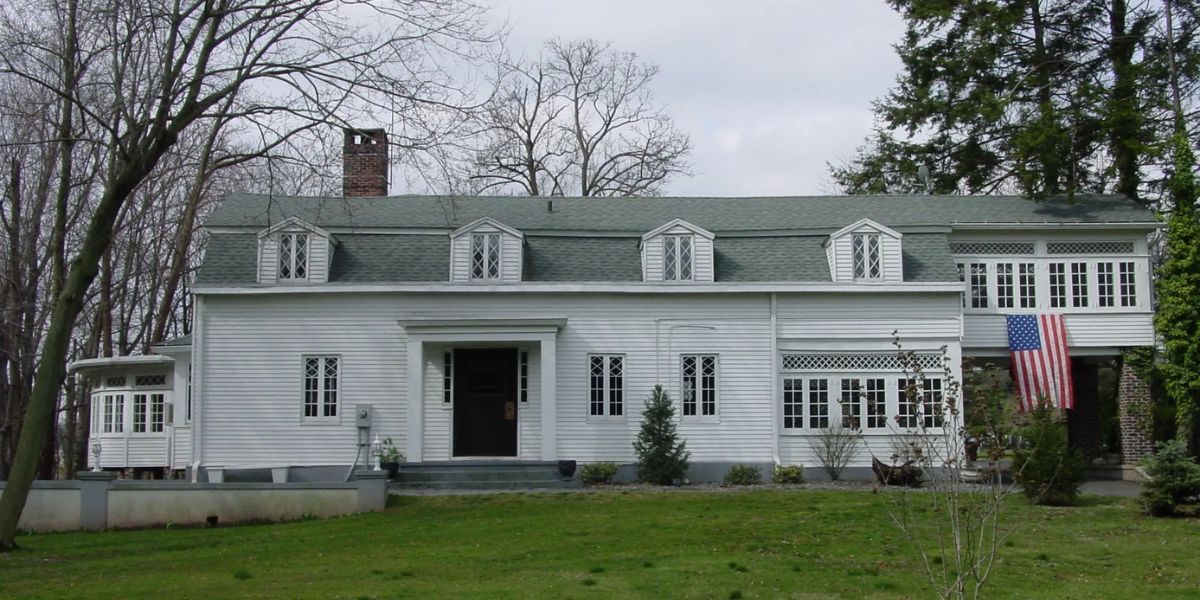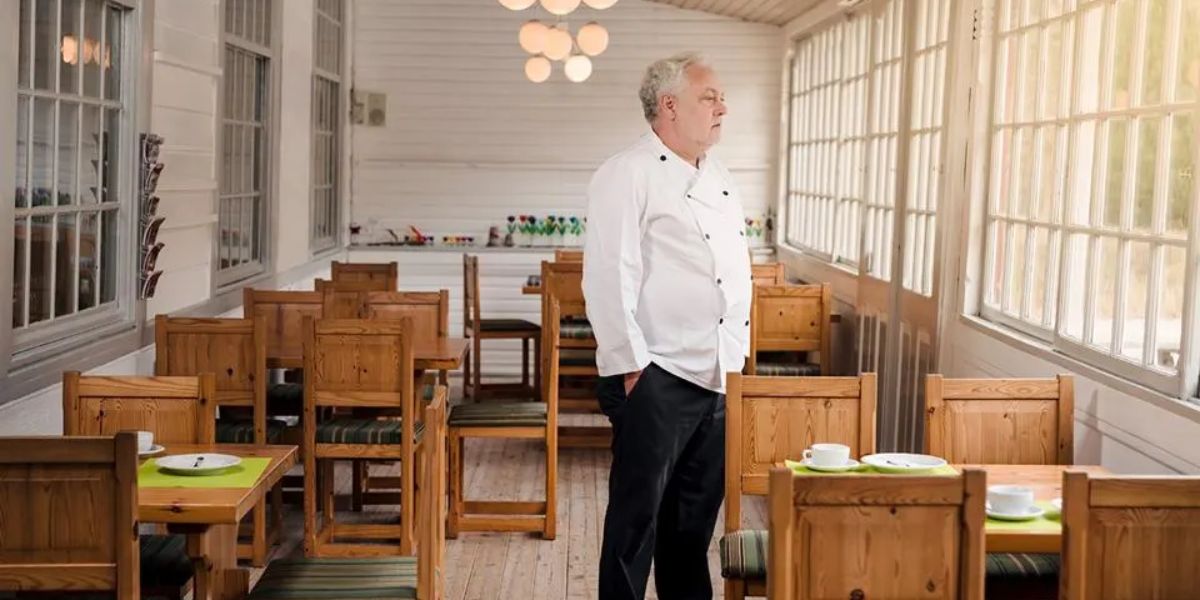MJP –
Central Jersey in particular is rich in American history due to New Jersey’s status as one of the original thirteen colonies. The homes there are similarly historic, with over 350-year-old fireplaces and original beam work.
Even if you’ve undoubtedly passed them countless times without giving them a second glance, you probably don’t have much knowledge about them.
Here are the backstories of some historic buildings, including one that belonged to Barack Obama’s ninth great-grandfather and another that was moved twenty miles to preserve it.
1666-Sip Manor, Westfield
As you drive by 5 Cherry Lane, it will appear as though you are only passing another grand Westfield residence. Located in a residential neighborhood, this Dutch Colonial house is more than simply a desirable dwelling; it may be the oldest house in New Jersey.
After the English colony of New Jersey was established in 1666, the Sip Manor was built shortly after the Dutch surrendered New Netherland to the English. It was saved from demolition approximately a century ago and relocated to the town in Union County from Jersey City.
Legend has it that British Revolutionary War general Lord Charles Cornwallis slept here while searching for George Washington; the inn was named after Adriaesen Sip, patriarch of a founding family in both colonial New Netherland and the village of Bergen. Reportedly, Cornwallis also had three spies strung up in a tree on the premises.

In 1924, the Sip family chose to sell the historic mansion, and at the same time, the town wanted to enlarge Bergen Avenue, which would require demolishing the house. Things seemed bleak for the house. After its relocation and restoration in 1929, it was placed in Westfield. It is now a private residence with five bedrooms; in 2004, it was sold for $1.7 million.
SEE MORE –
Here! 5 Dangerous Places in Ohio, You Should Avoid
The brick and beam foundation, door and window casements, and banisters and handrails of the staircase were among the many original components that were either damaged or lost during the relocation. The bedrooms feature tunnel-like recesses that served as safe havens for children during attacks by Native Americans.
Homestead of Aaron Dunn in Woodbridge: 1685
Among the finest surviving specimens of early colonial architecture in the historic town of Woodbridge is this private residence at 12 Freeman St. The house has many of its original features, including four fireplaces, two staircases, and the majority of the Christian-style doors.
Aaron Dunn may have been the most famous resident of the Revolutionary War soldier’s homestead, but he wasn’t the only one. The man responsible for its construction in 1685 was Archibald Riddell, a preacher at the First Presbyterian Church.
Reportedly, Riddell’s wife disapproved of the family’s departure from the now-bold red house with blue shutters. A subsequent clergyman, Dunn, and a local tanner named James Bloodgood all made their homes there.
With a previous sale in 1989 for $150,000, the 2,400-square-foot home is presently in the possession of longstanding owners.
The Goldman House, a Piscataway monument and relic of the utopian past, is facing demolition threats.
Location: Jamesburg, Buckelew/Lakeview Mansion: 1685
The Buckelew Mansion, formerly known as the Lakeview Mansion, was constructed in 1685—long after James Buckelew had passed away. James Burg was named after him when he arrived in the area in 1829; the historic structure at 203 Buckelew Ave. is also named after him.
Buckelew was a prominent landowner and town developer who resided in the mansion with his family. His family founded the First National Bank of Jamesburg, built the town’s first public school, and donated land for several of its churches and cemeteries.
The mansion itself began as just a fraction of what it is today after being built by a Scottish settler. Many of its additions came throughout the centuries and it now has nearly two dozen rooms.
The mansion at Buckelew Park across from Lake Manalapan is now the headquarters of the Jamesburg Historical Association and a museum, although it’s currently closed for renovations. It’s also on the National Register of Historic Places as well as the state register.
Hendrick Fisher House, Franklin Township: 1688
If it wasn’t for Hendrick Fisher, whose name now graces his former home in Franklin Township at 1960 Easton Ave., the Revolutionary War may not have been won, according to Somerset County.
The farmer helped Revolutionary War efforts during the six years the war was fought in New Jersey while he lived in what’s now the oldest home in the county. It was built long before his efforts, in 1688, for William Dockwra.
However, the Hendrick Fisher House has been remodeled and has seen additions through the years. It now features a Colonial Revival exterior style as well as Art Nouveau style wood paneling, inlaid oak and walnut flooring, and a carved sandstone fireplace, although the original structure still stands.
On the grounds of the St. Andrew Center where Fisher’s body is buried, the Hendrick Fisher House is now the headquarters of the Ukrainian Orthodox Church of the USA.
Jonathan Dunham House, Woodbridge: 1709
For centuries after it was built in 1709, the Jonathan Dunham House was considered “the finest house in the settlement” of Woodbridge, according to a 1921 history of the county. It was also one fit for the relative of a president.
Jonathan Dunham was one of the early developers of Woodbridge, and he was also the eighth great-grandfather of former U.S. president Barack Obama as well as the first of Obama’s Dunham ancestors born in America.
Dunham’s son had the two-story home built at 650 Rahway Ave. after Dunham died in 1704. The bricks of the two-story home on the state and national registers of historic places are arranged in a Flemish checker bond pattern.
Since 1873, the Jonathan Dunham House, now expanded and renovated, has been the Trinity Episcopal Church’s rectory.




